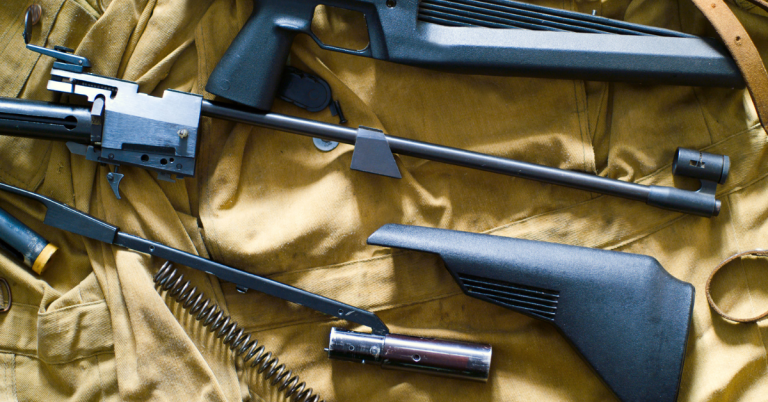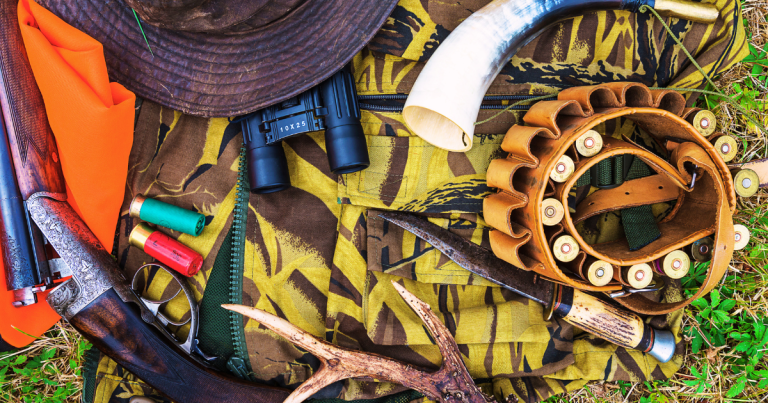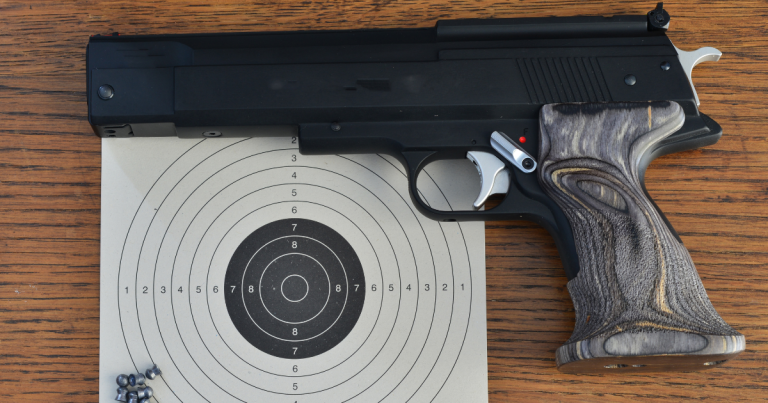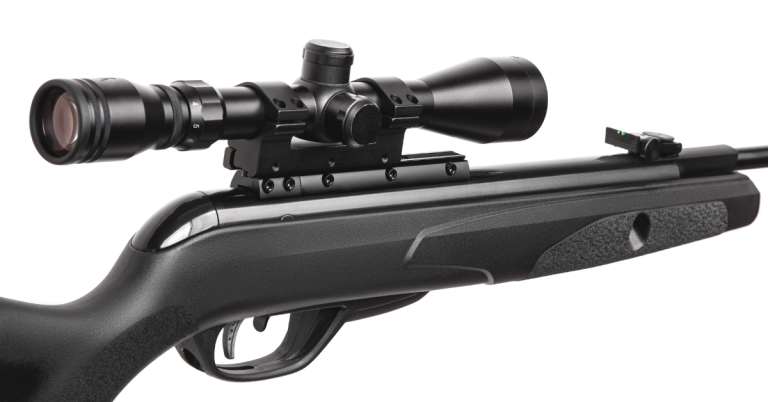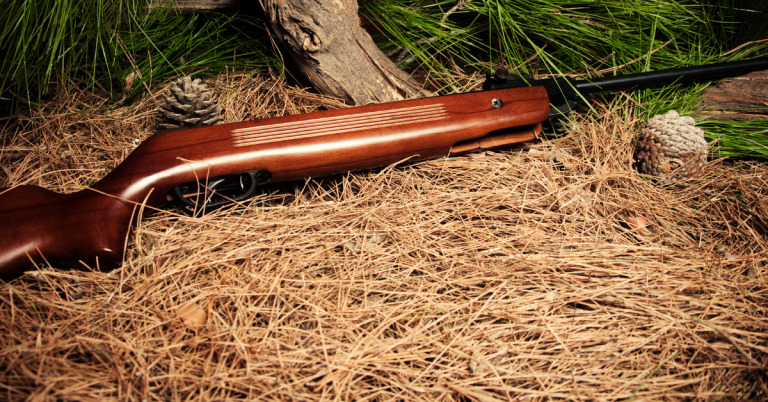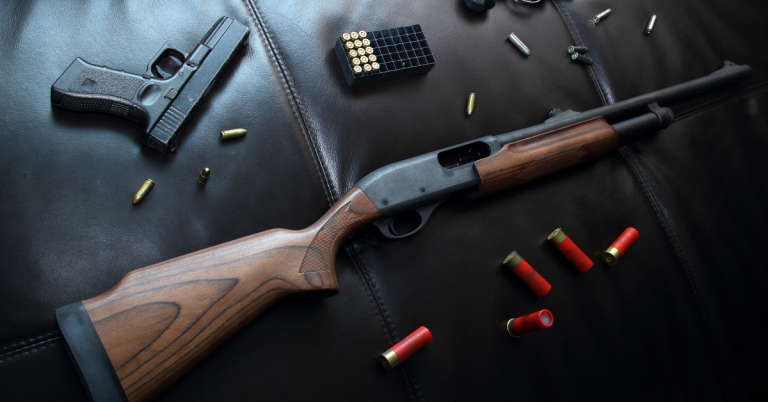The Science Behind Air Rifle Accuracy
Air rifles are renowned for their precision, making them a top choice for enthusiasts in marksmanship training, small game hunting, and competitive shooting. The accuracy of an air rifle is not just about the quality of the firearm; it’s a synergy of various factors, from the mechanics of the rifle to the skill of the shooter. Let’s delve into the elements that contribute to the pinpoint precision of air rifles.
Fundamentals of Air Rifle Mechanics
Compressed Power: At the heart of an air rifle’s mechanics is the propulsion of a pellet using compressed air or gas. This system, whether piston-driven or PCP (Pre-Charged Pneumatic), releases compressed air when the trigger is pulled, thrusting the pellet through the barrel.
Barrel Quality and Harmonics
Precision Engineering: The barrel’s craftsmanship is pivotal. A finely machined barrel ensures unimpeded pellet travel. Additionally, the design must address barrel harmonics—vibrations from firing that can alter trajectory—to guarantee consistent accuracy.
Pellet Dynamics
Aerodynamics and Design: The pellet’s shape and mass are critical. Flat-headed wadcutters are perfect for target shooting, while domed pellets’ aerodynamic shape makes them ideal for hunting, maintaining velocity over distance.
Sighting Systems
Enhanced Targeting: Sights elevate accuracy. Options range from basic iron sights to advanced scopes, which offer magnification and reticles for precise adjustments, essential for long-range accuracy.
Shooter’s Technique
Skillful Execution: The shooter’s technique is paramount. Accurate shooting demands a stable stance, controlled grip, and regulated breathing. Mastery of these techniques comes with practice and is vital for consistent shooting.
External Factors
Environmental Considerations: Wind and temperature can sway a pellet’s path. A skilled shooter will understand and compensate for these variables to maintain accuracy.
Maintenance and Care
Upkeep for Precision: Regular maintenance is non-negotiable. A clean barrel and well-maintained rifle components are the bedrock of sustained accuracy.
Conclusion
The essence of “Air Rifle Accuracy” lies in the intricate balance between mechanical precision, ammunition quality, sighting systems, shooting technique, and regular maintenance. Understanding and mastering these facets can significantly enhance shooting precision and consistency.
FAQs
Is there a break-in period for new air rifles to achieve optimal accuracy?
Many air rifles have a break-in period during which accuracy improves as the internal components settle and the shooter becomes more familiar with the rifle’s characteristics. This period can vary but typically involves shooting several hundred pellets.
What is the best way to practice shooting technique for air rifle accuracy?
The best way to practice is by regularly visiting a shooting range and focusing on the fundamentals of marksmanship, which include proper sight alignment, breath control, and trigger discipline. Dry-firing practice at home can also be beneficial.
How does the length of the air rifle barrel affect accuracy?
Generally, a longer barrel can provide better accuracy due to increased pellet stability and a longer sight radius. However, the quality of the barrel and the shooter’s ability to handle the rifle comfortably are also important factors
Can air rifle accuracy be affected by altitude or humidity?
Yes, altitude and humidity can affect air density, which in turn can influence pellet trajectory. Shooters may need to adjust their aiming points to account for these environmental changes.
What are the benefits of using a shooting rest or bipod for air rifle accuracy?
Using a shooting rest or bipod can greatly improve stability, especially for long-range shooting. This support helps to eliminate human error due to shaking hands or body movement.

